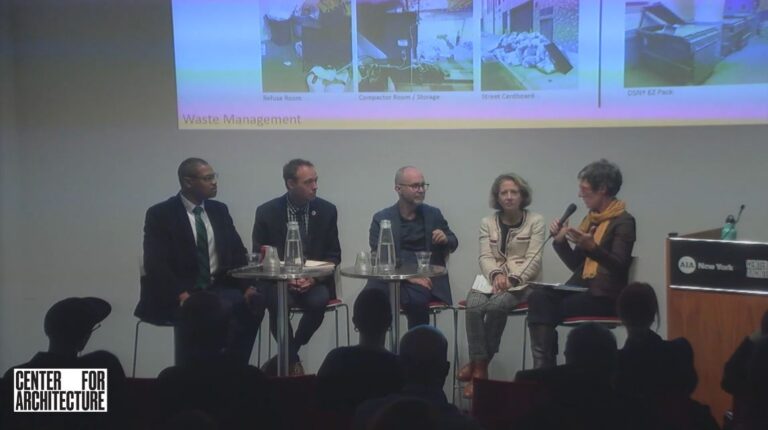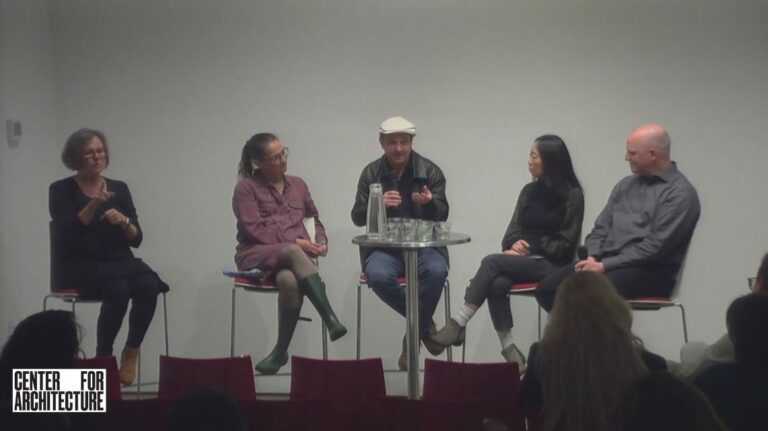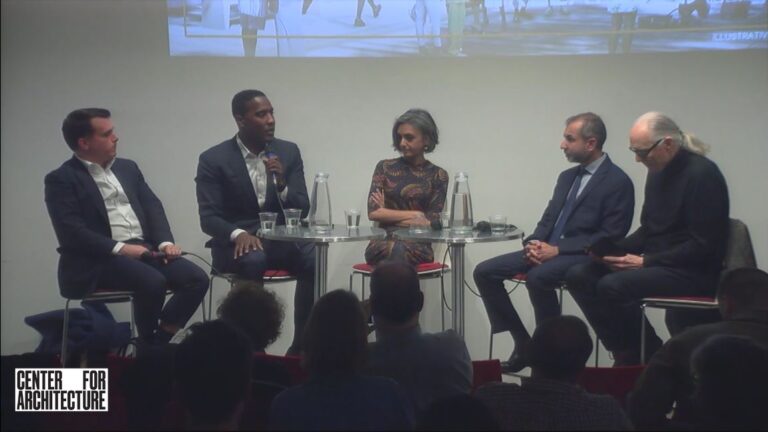Serving as a polling site is a unique use for a building, only occurring on a few days each year. Architects design polling sites indirectly, rarely knowing that a project for a school or house of worship will become a polling site. Even those who operate polling sites only do so for a few days each year, and voters utilizing polling sites also have few interactions with them. This presents a unique set of challenges for architects, civil servants, elected officials, and attorneys to ensure that the places in which voting occurs function well. Though often overlooked, the location, design, and operation of polling sites significantly affects how voters participate in elections.
The distinguished group of panelists will present on their own professional and personal experiences with polling sites. Topics to be discussed include laws mandating specific designs for sites, how sites are selected, and how candidates interact with voters at polling sites. Following this, panelists will lead breakout groups among participants to discuss ideas for improving polling site design, offering audience members a chance to provide their own input to these policymakers.
Ben Kallos, NYC Council Member, 5th District
Doug Kellner, Co-Chair, New York State Board of Elections
Maggie Ollove, Service Designer and Civic Researcher, Center for Civic Design
Eric Spencer, Development Director, Ennead Architects; Democratic District Leader, 73rd District Part C
Moderator:
Fauzia Khanani, AIA Associate; Principal, Studio For



